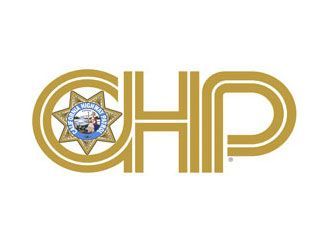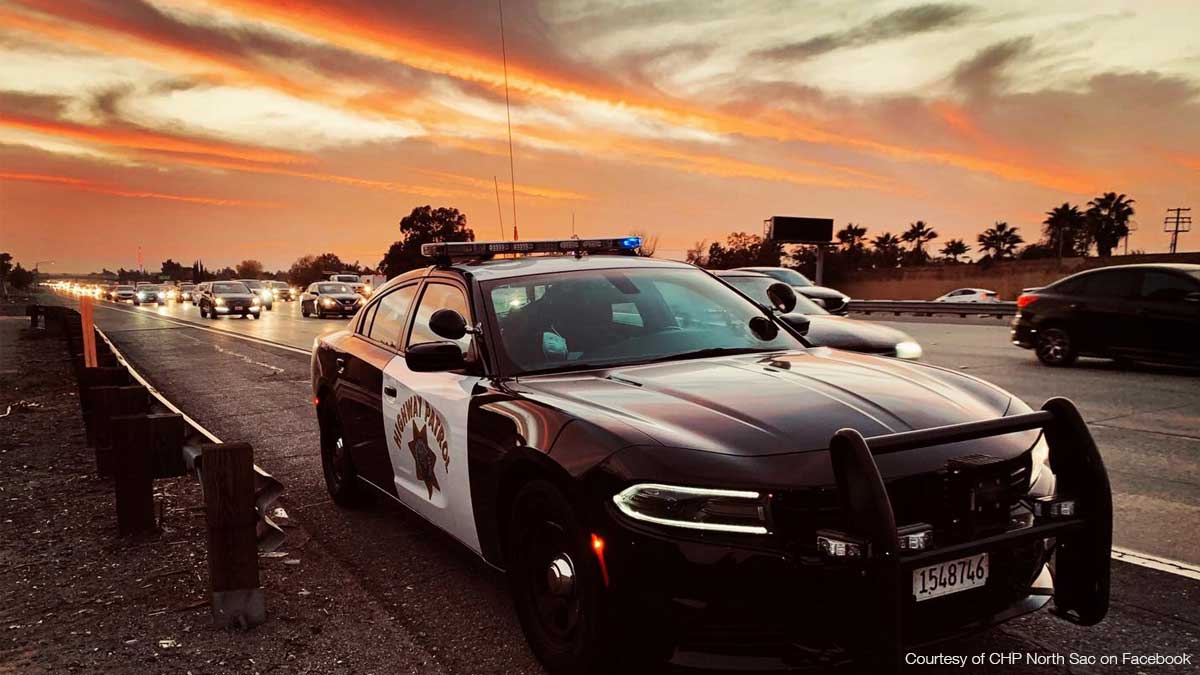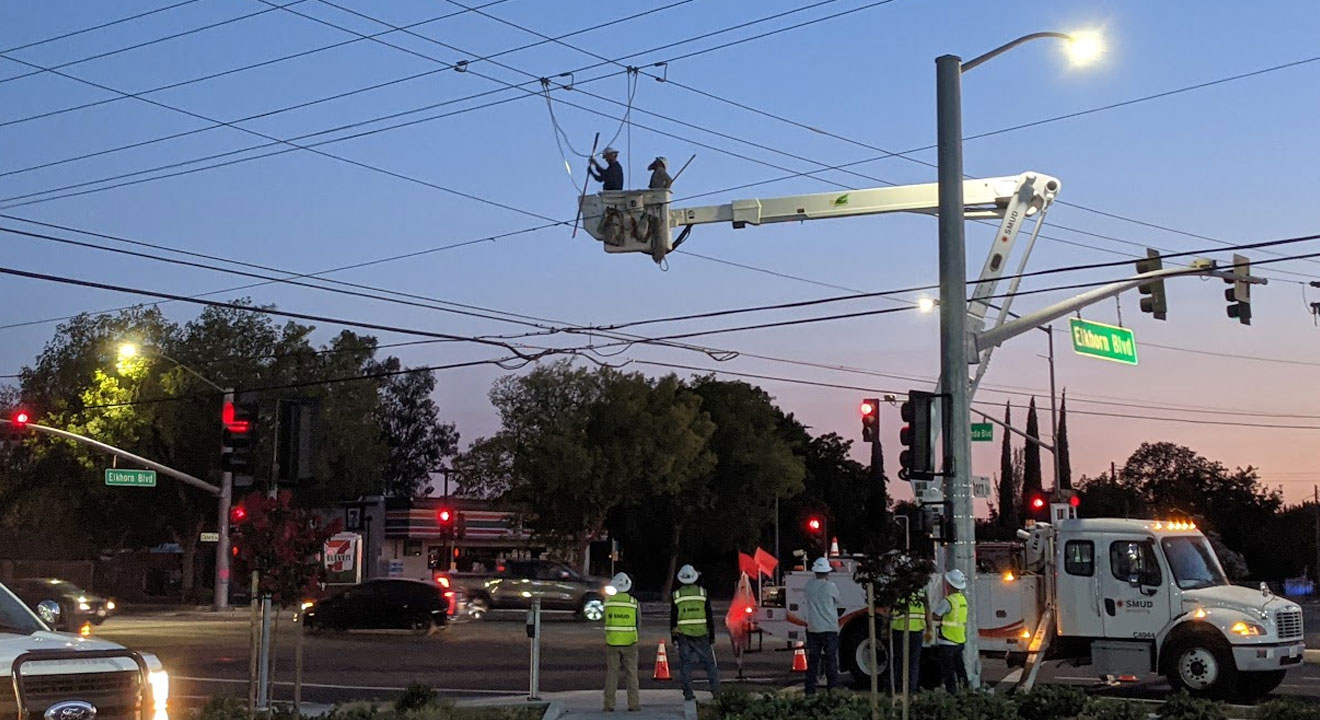With the dawn of a new year comes a fresh set of traffic safety laws in California, brought to you by the diligent efforts of Governor Gavin Newsom and the state’s legislative session. These laws are poised to take effect on January 1, 2024, unless otherwise specified by the California Highway Patrol. Here’s an overview of the forthcoming regulations:

Vehicle Registration – AB 256
Under the existing law, registered vehicles must prominently display current month and year tabs on their rear license plates. Commencing on July 1, 2024, and continuing until January 1, 2030, a vehicle registration violation alone will not be sufficient grounds for enforcement action until the second month following the registration’s expiration. However, if a vehicle is stopped for any other Vehicle Code violation, enforcement action for a registration violation may occur before the end of the second month following the expiration. Importantly, late registration fees from the Department of Motor Vehicles will still apply.
Vehicle Removal: Expired Registration
This legislation mandates that peace officers or traffic enforcement officials must verify the absence of current vehicle registration with the Department of Motor Vehicles before towing a vehicle with expired registration exceeding six months. Moreover, the law prohibits the towing of such vehicles if the officer or traffic enforcement official cannot immediately access the necessary registration records.
Vehicles: Speed Safety System Pilot Program – AB 645
The cities of Los Angeles, Oakland, San Jose, Glendale, Long Beach, and the city and County of San Francisco have been granted the authority to install a limited number of cameras for enforcing speed limits during a five-year pilot period. These cameras will be placed in school zones, designated “safety corridors” with a high incidence of fatal and injury crashes, and areas notorious for illegal street racing. Recorded violations will be subject to civil penalties.
Vehicles: Stopping, Standing, and Parking – AB 413 (Lee)
This law aims to enhance pedestrian safety by prohibiting parking or stopping a vehicle along a curb at least 20 feet from a marked crosswalk or 15 feet from a crosswalk with a curb extension. This regulation applies solely to the side of the road from which the vehicle approaches the crosswalk. Local jurisdictions may establish varying distances through local ordinances by marking areas with appropriate signage or paint.
Cruising – AB 436
This law revokes city and county authority to regulate cruising through local ordinances. Additionally, it legalizes “lowrider” vehicles for cruising on California’s streets by eliminating the height restriction on lowered vehicles.
Automobile Dismantlers: Catalytic Converters – AB 641
AB 641 redefines an automobile dismantler to include individuals in possession of nine or more catalytic converters. Furthermore, the law imposes penalties for individuals illegally operating as automobile dismantlers. Those with legitimate reasons for possessing catalytic converters, such as repair shops, will be exempt from penalties.
Vehicles: Catalytic Converters – AB 1519
This legislation makes it illegal to remove a Vehicle Identification Number (VIN) marking from a catalytic converter. It also prohibits the possession of three or more catalytic converters that have had their VIN markings removed.
Vehicles: Catalytic Converters – SB 55
SB 55 mandates motor vehicle dealers or retailers to have the catalytic converter engraved or etched with the VIN before selling a new or used truck or car. The law does allow purchasers to decline having the VIN etched or engraved on the catalytic converter.
Emergency Notification: Ebony Alert: Missing Black Young – SB 673
This legislation introduces the “Ebony Alert,” enabling law enforcement agencies to request the California Highway Patrol to activate an alert for missing Black youth aged between 12 to 25 years. This alert is issued when their disappearance occurs under unexplained or suspicious circumstances, putting them at risk, or if they are developmentally disabled, cognitively impaired, or have been abducted.
Emergency Services: Endangered Missing Advisory – AB 946
AB 946 establishes the “Endangered Missing Advisory,” which aids in locating missing persons who do not meet the age criteria for AMBER and Silver Alerts. Law enforcement agencies can request the California Highway Patrol to activate this advisory for public dissemination of missing person information within specific geographical areas when specific criteria are met.
Vehicle Safety Regulations – SB 68
This law empowers the California Highway Patrol to establish rules and regulations that allow commercial vehicles with a capacity of over 500 gallons of fuel to exceed the standard 10 hours-of-service limit during Governor-declared State of Emergencies. This exception applies solely to vehicles transporting fuel for aircraft refueling used in emergency-related activities, including fire suppression.
Pupil Transportation: Driver Qualifications – SB 88
SB 88 mandates drivers and their vehicles used by local educational agencies for pupil transportation for compensation to meet specific safety requirements.
Vehicles: Zero-Emission School Buses: Signage – SB 775
This legislation authorizes school districts, county offices of education, or charter schools using zero-emission school buses to transport pupils below the 12th-grade level to place signage on the rear of these buses, identifying them as clean air zero-emission buses. The California Highway Patrol is also authorized to issue guidelines regarding the size and placement of this signage.














